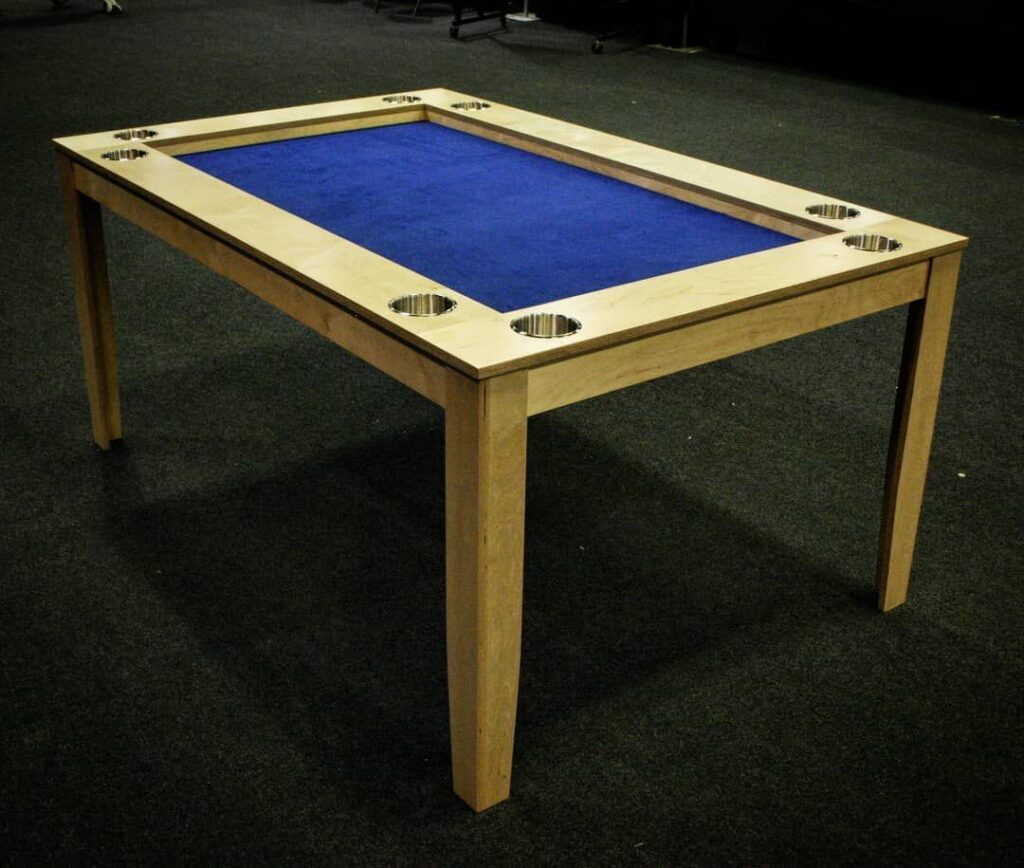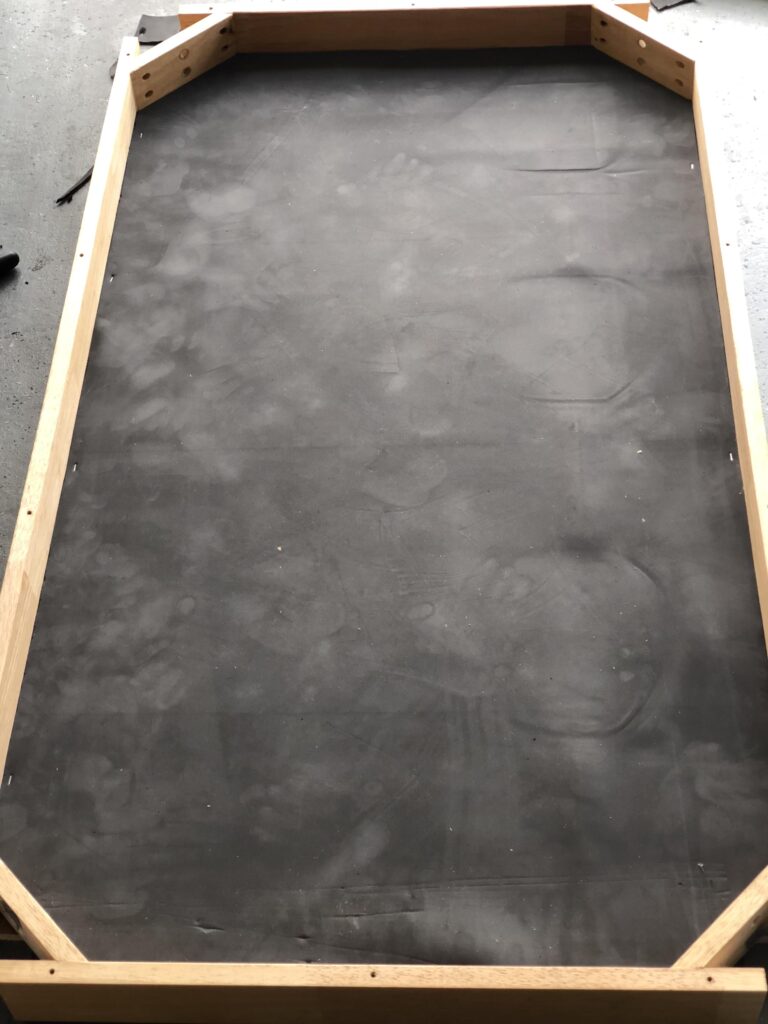Join the Fun with Your Very Own DIY Gaming Table
With new television shows bringing awareness of roleplaying games to a younger generation, tabletop gaming is seeing a massive resurgence! Whether it’s Dungeons & Dragons, Settlers of Catan, Monopoly, or Poker, playing games is always a good time. If you enjoy playing tabletop games with your friends and family, it might be time to look into building your very own DIY Gaming table! A Tabletop gaming table can make all the difference in having a fun playing area for your game.
Building this table will take supplies, and none of those are more important than foam, which you can purchase from us here at The Foam Factory!
A gaming table can be great for a number of reasons! It can create a large space to lay out any boards, cards, books, or other gaming accessories that may be required. It also allows you family and friends to spread out any personal items like phones and drinks with space left to spare.
The surface of the tabletop is typically foam covered with a material called speedcloth. The foam underneath is typically either Volara foam or Neoprene rubber. Both of these are great options because they provide protection for the surface underneath, they are highly durable, and they make for a soft, but bouncy surface for great dice rolls!
If you feel ready to jump on the tabletop bandwagon, and are ready to make a table of your own, then this instructional can help! Here’s how you can have your very own DIY gaming table!

Supplies:
- A kitchen table (bought or handmade) Note: the table is best if it does not extend, and should have four legs instead of a pedestal.
- 1/8” Neoprene rubber or Volara foam
- ¾” OSB (Oriented Strand Board)
- (4) L-Brackets
- (4) 1” x 1” x 1’ boards for table cleats
- Speedcloth (This is the material often used for poker tables, and is often the preferred surface for most poker players)
- Hand tools should also be accessible: drill, dremel saw, jigsaw, palm sander, etc.)
How to Make:
- Before taking anything apart, take a moment to mark the underside of the table with a pencil. You will want to mark the bottom part of the tabletop piece on all four sides on the inside of the table skirt. This will help guide you in where to place the cleats later in the project!
- After the tabletop has been marked underneath, you will need to unscrew and remove the tabletop so that all you have is the legs and base of your table. Make sure that the screws that hold the legs on are tightened, and all glued pieces are well intact.
- The next step will be to properly cut and place the OSB. To do this accurately, use the base of the table as a template for sizing. After you have measured and cut the OSB, you will want to place it into the base to make sure that it fits properly.
- Now, repeat the same step as number 3, but with the foam you choose: Volara or Neoprene. Again, measure and cut using the base as a template, then make sure it fits well within the table, on top of the OSB. At this point, the surface should be lower than the top of the base. This is to create a vaulted look, so that you can put the regular tabletop back on top of the now vaulted gaming element.
- If you plan to cover the gaming part of the table with the regular tabletop when you are not playing a game, the next step is to glue your 1” x 1” blocks (cleats) on the bottom of the tabletop where you made your pencil marks in step 1. This step prevents the tabletop from sliding around on top of the gaming surface. To align the blocks appropriately, they should be lined up with the pencil marks in a way that the majority of the wood is near the center of the table. Put differently, the edge of the block should be aligned on the inside of the pencil marks. When lined up, go ahead and screw them in, but be careful not to screw through the tabletop itself!
- To better support the OSB, and prevent it from sagging or warping, add an L-Bracket at the midpoint of each midrail on the table. This will give the OSB extra support. Next, place the Volara or Neoprene on top of the OSB. If you would like the OSB and foam to be even more secure, you can also glue them together, but it is also okay for them to move freely under the speedcloth once it is put over them.
- When ready, simply place the speedcloth over the foam and OSB, then place the unit on top of the brackets. Pull the speedcloth taut under the table and staple it to the OSB. Make sure to staple it enough to keep it tight and in place all the way around.
- There you have it! You now have your very own gaming table! If you want to finalize the look, you can add any finishing touches you would like, such as trimming excess fabric or adding personalized details.
Note that since this is a DIY project, you can feel free to make changes and adjust them accordingly to fit your preferences! For some extra comfort, you can also add a padded armrest around the table, as well! The best foam for that application would be our Lux-HQ foam. When the foam is cut to the appropriate size, it can be placed around the edges of a table and upholstered with vinyl, or something similar. This foam pad can then be leaned on comfortably as you roll the next set of dice or place your next bet!
Like many DIY projects, this one can be used for years to come, and can become a staple for family game night or fun time with friends! Whenever you are ready to immerse yourself in the tabletop gaming culture, The Foam Factory is here to help! If you have any questions related to this project or other foam questions, feel free to Contact Us today!
Tags: Closed-Cell Foam, DIY, Foam, Gaming Table, Neoprene, Tabletop Gaming
Posted in DIY



Leave a Reply